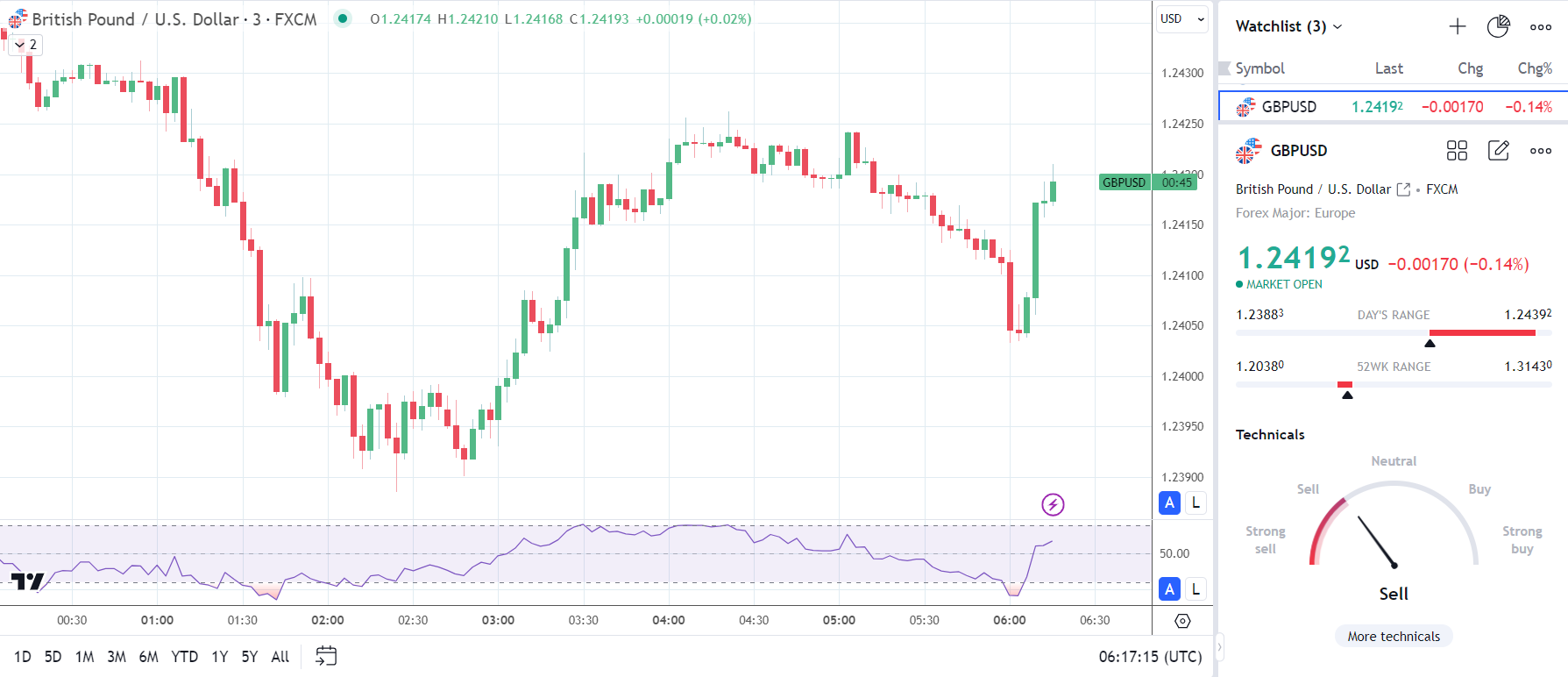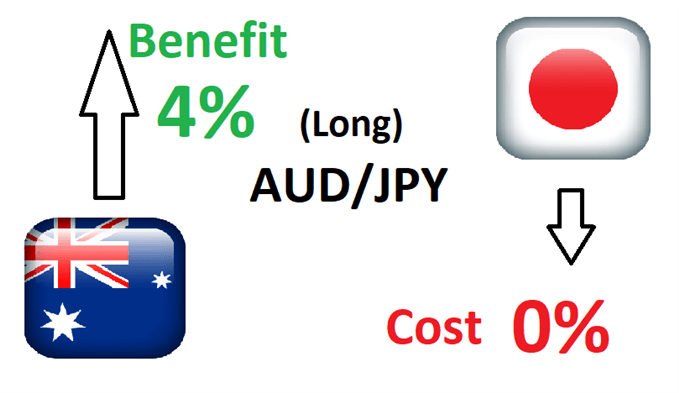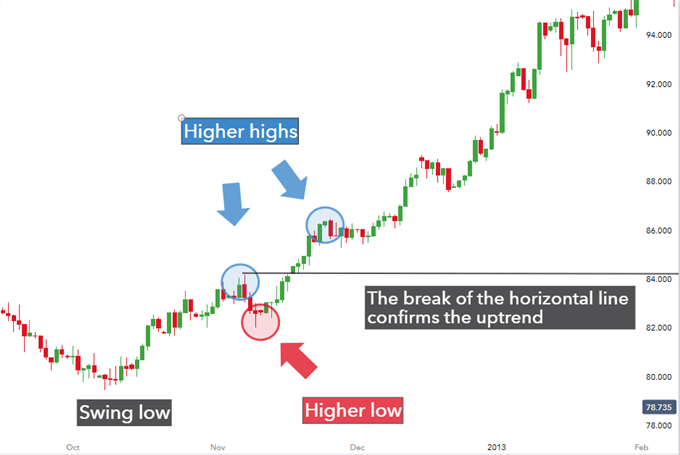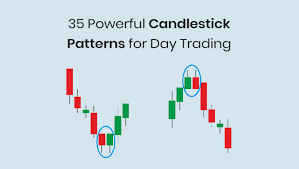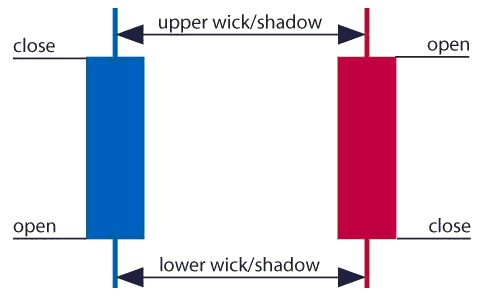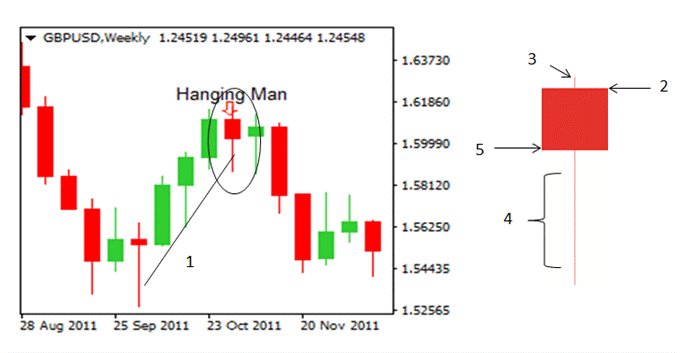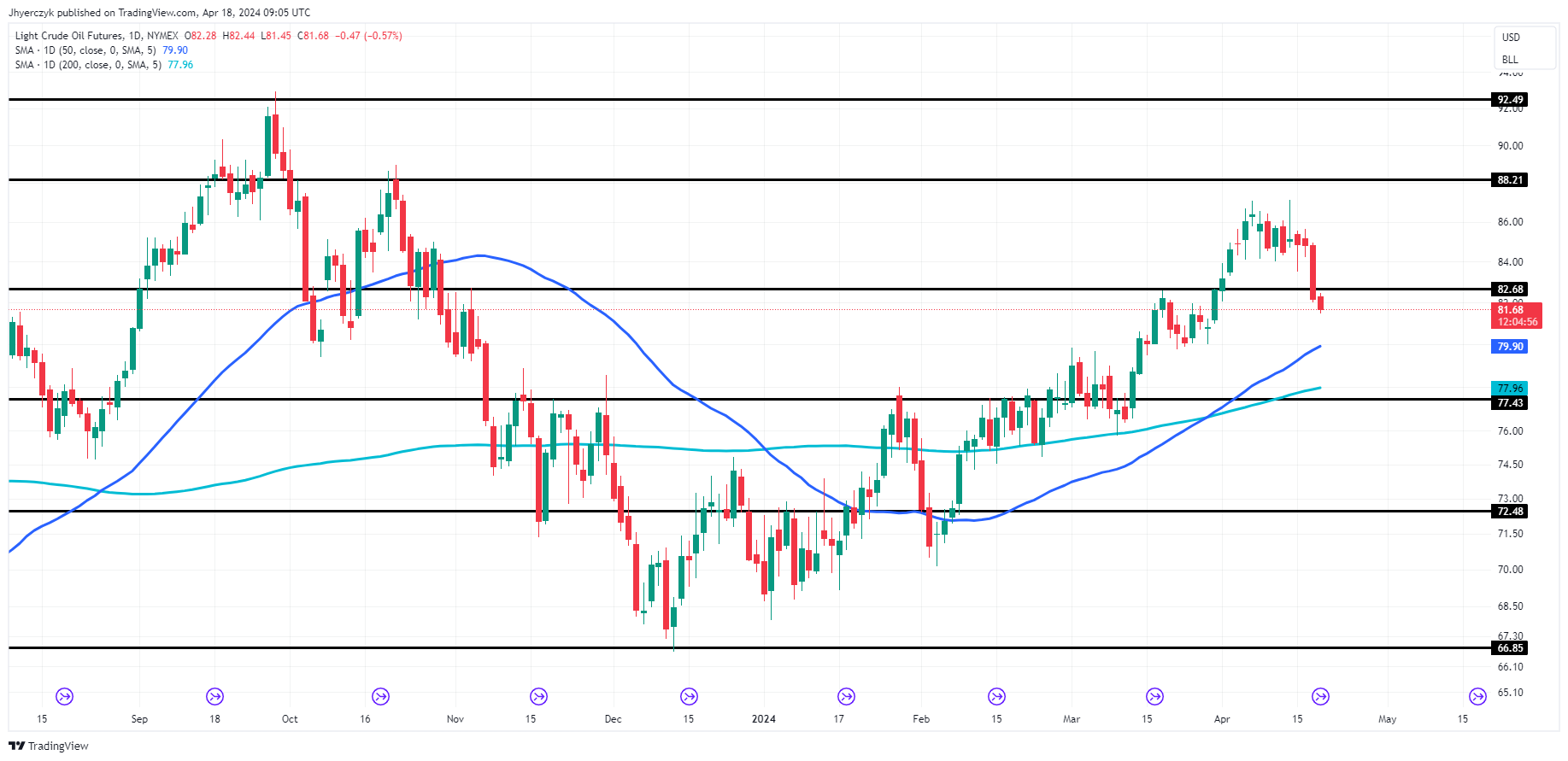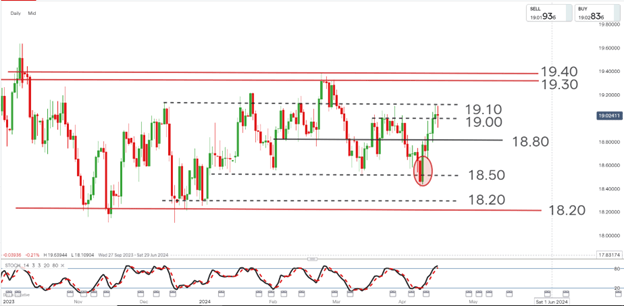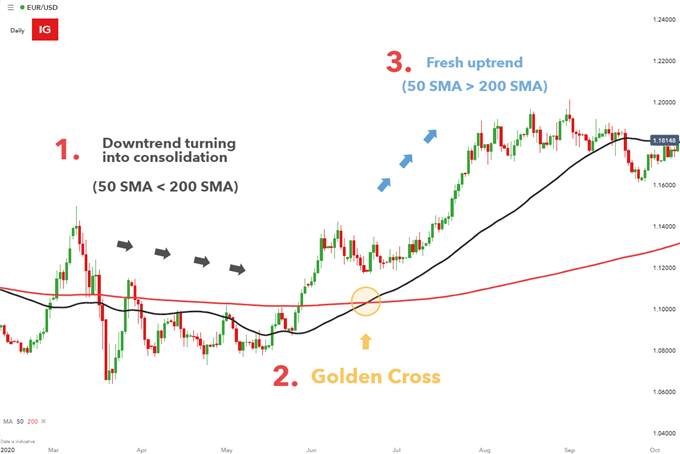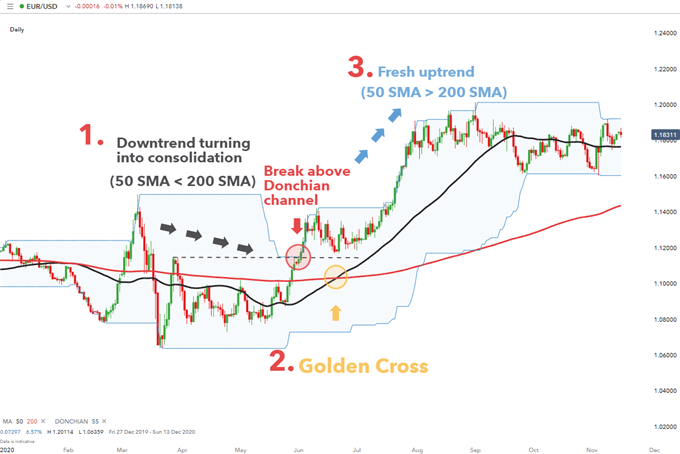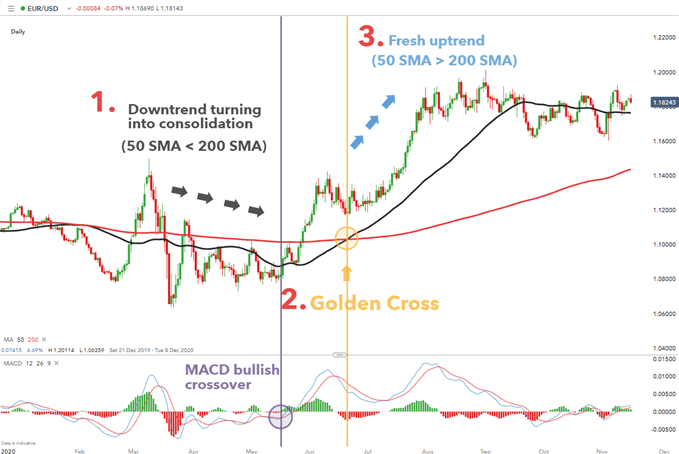Israel Retaliates with Missile Strikes Against Iran
Following Iran’s attack last week involving over 300 drones and missiles, Israel, early Friday, launched missiles in retaliation. The prior Iranian offensive, aimed at numerous locations within Israel, was largely neutralized by defensive efforts from Israel and its allies, including the U.S. This strike is part of ongoing hostilities since Hamas’ incursion into Israel last October, leading to severe Israeli military responses. Israeli leadership continues strategic planning in response to these escalating tensions.
Stock Futures Decline Amid Renewed Israel-Iran Conflict
US stock futures declined early Friday, influenced by escalating tensions between Israel and Iran. This geopolitical unrest has heightened market volatility, leading to significant drops across major indices including the Dow Jones, S&P 500, and Nasdaq. Additionally, Netflix shares fell sharply despite strong earnings, reflecting investor unease. The broader market struggles, facing its worst week in months, largely due to fading hopes for an upcoming Federal Reserve rate cut amidst persistent inflation concerns. This marks a continued downtrend with increasing investor caution.
Experts trade the markets with IC Markets
Earnings Outlook Positive for Major US Companies – PG, AXP, SLB
Procter & Gamble (PG), American Express (AXP), and Schlumberger (SLB) are set to report their quarterly earnings before the market opens on April 19, 2024. Procter & Gamble anticipates a modest earnings increase, reflecting a 3.65% growth. American Express projects a substantial 23.75% rise in earnings, rebounding from a previous shortfall. Schlumberger expects a 17.46% earnings increase, continuing its trend of surpassing expectations. All three companies forecast higher growth rates compared to their industry averages, signaling strong competitive performance.
Oil Prices Rise Slightly After Initial 3% Surge on Middle East Tensions
Oil prices saw a modest increase following an initial surge after Israel’s military strike on Iran, which heightened concerns of a broader conflict in the Middle East. Brent crude briefly surpassed $90 but later stabilized at $88.62 a barrel, while West Texas Intermediate climbed to $84.10 per barrel. The geopolitical tensions also boosted safe haven assets, with gold reaching a new all-time high and the yen strengthening. The situation remains tense as both nations assess the aftermath of the military actions.
Treasury Yields Drop as Investors Seek Safe Havens
U.S. Treasury yields fell on Friday, driven by investor movements toward safe-haven assets amid escalating geopolitical tensions following Israel’s strike on Iran and mixed economic signals. Federal Reserve officials, including New York Fed President John Williams, emphasized a cautious approach to interest rate cuts, citing economic strength. This conservative stance, reinforced by robust Philadelphia Fed manufacturing data, contrasts with the growing demand for safer investments as global uncertainties increase.



